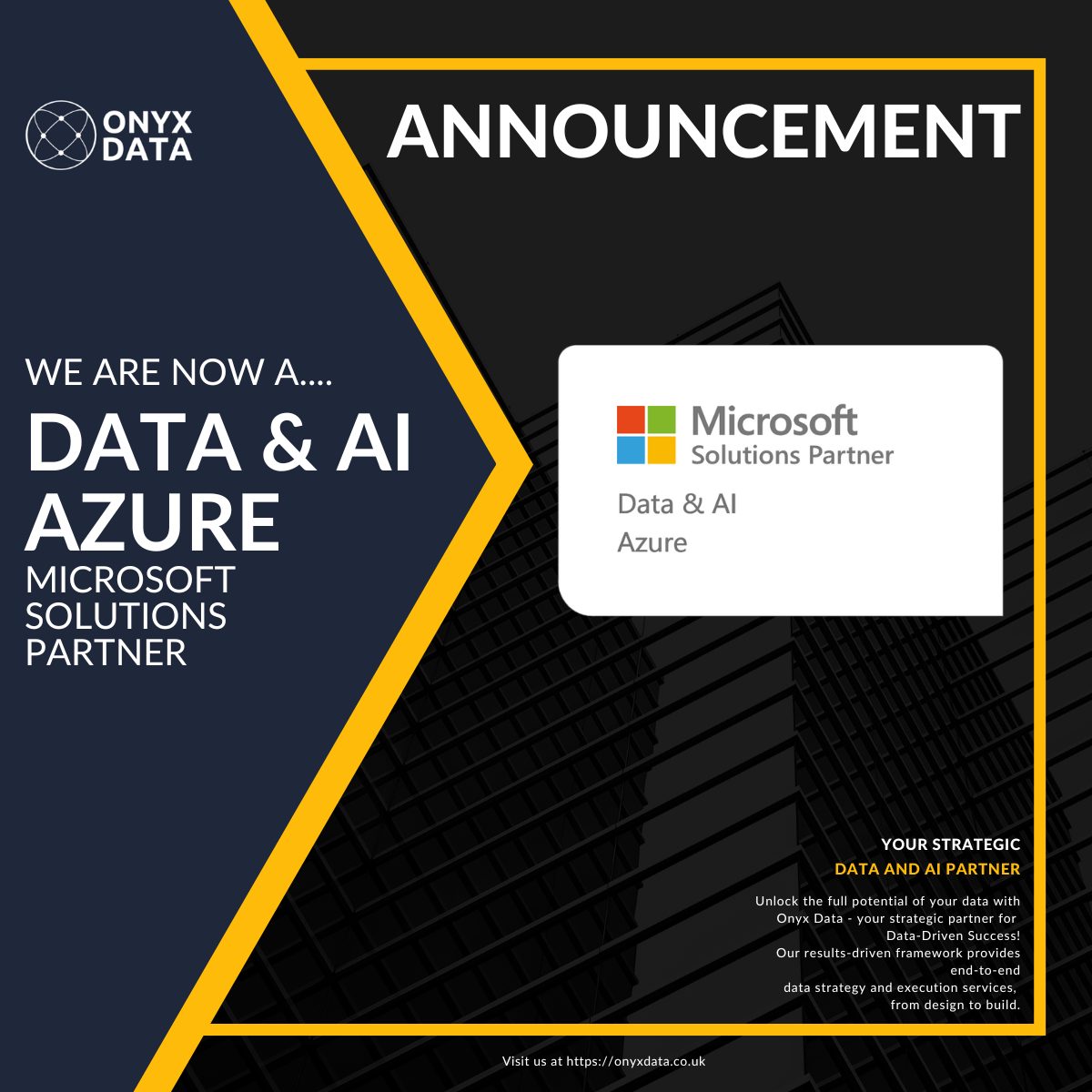Why Data Visualization and Data Storytelling Are the Top Data Skills For 2021?
Data researchers and data analysts have helpful information, but if the users and clients cannot understand this valuable information, it is useless. Therefore, it is recommended to present all data in easy-to-use manners that every single person can understand. That’s why data visualization comes into the picture to solve this issue. It is quoted that “a picture is worth a thousand words.” So, data visualization helps to paints that picture which can encourage greater comprehension. Therefore, we will discuss data visualization, data storytelling, its definition, and its importance in different industries and sectors.
Data Visualization
The procedure of collaborating and transforming data and information into visual context usually through the chart, graph, or some other visual aids. Images are also used in data visualization to interconnect the interactions between numerous data sets. Sometimes data visualization is also called information graphics, information visualization, and statistical graphics. The procedure in data science demonstrates that after all data has been accumulated, administered, and developed, extracting information must be visualized to draw some conclusion on elaborated information (Berengueres et al., 2019). Moreover, data visualization is also a part of the broader specialties of data presentation architecture whose sole purpose is to point out, discover, deploy and deliver data by implementing an appropriate approach.
Importance of data visualization
Humans can grasp information more easily through data visualization techniques; From the business perspective, visualization helps deliver a story for decision making that permits them to act more quickly than the data represented in reports. In addition, widgets allow interaction with data and allow decision-makers to draw questions that lead towards more significant insights. The following are some reasons that point out the importance of data visualization.
- It helps the decision-makers to appreciate how the business data can be interpreted to clarify the business decisions.
- Leads the target audience to concentrate on business intuitions to find out the required attention.
- Handle the huge amount of data in a picturesque structure to summarize unseen patterns in the data to expose the intuitions and narratives behind the data for establishing business goals.
- I envisioned the business data for growth management and converted the tendencies into business tactics by making sense of given information.
- Disclosing the previously unnoticed things about the data resources helps decision producers to compile data evaluation reports.
Benefits of data visualization
While discussing the business goals and strategies, decision-makers can benefit from several methods to augment the data intuitions. So, here we will discuss some benefits of data visualization that can be imposed on various sectors.
Improved Evaluation
Data visualizations help the stakeholders to assess the reports regarding marketing strategies, sales, and products interest. Based on the assessment, they can focus on those areas that need attention to enhance the profitability ratio, which can help businesses move towards more production.
Swift Action
As we discussed above, the human brain can comprehend visuals more clearly than reports. Therefore, data visualization permits the decision-makers to quickly notify new data intuitions and take required actions for any business growth.
Pattern Identification
A vast amount of complex data delivers various opportunities for data insights when needed to visualize. Visualization allows the business owners to identify the relationship between the given data, which provides excellent means. This pattern exploration helps the users to concentrate on particular areas that need data to identify the significance of those areas that can drive the business forward.
Error Identification
Data visualization helps the users to identify errors quickly in data. For example, if the data tends towards the wrong direction, then data visualization can help identify mistaken data sooner to be removed from data analysis.
Understanding the Story
Storytelling is the objective of your dashboard. Designing the visuals in a meaningful approach helps the target audience grasp the story in a single glance. Always try to make sure that story is conveying most merely without disproportionate and complex visuals.
Explore the Business Insights
During the current business competitive market, discovering the data correlations through visual representation is the crucial factor in identifying business insights. These insights have been considered an essential factor for executives or business users to establish the right path to fulfill the business end goals.
Grasp the Latest Trends
Through the visualization techniques, the latest trends can be discovered in the business for delivering quality products and identify the problems before they arise to created complicated issues. Residing on topmost trends required more efforts to enhance profits for the business.
Data Storytelling
It is an organized approach for conveying the data insights and involves three major components called data, visual, and narrative. So, we can say that Storytelling is more than just data visualization. It is stated by data visualizations experts that “Numbers have an important story to tell.” They are based on giving a clear and compelling voice. The term “data storytelling” has been correlated with many other terms called dashboards, infographics, data presentation, data visualization, and so on. Often, data storytelling is interpreted as visualizing data effectively, but it is more than just producing visually appealing data charts (Knaflic et al., 2015).
Narrative couples with data
It is more important to understand how the different elements can be combined and work together in data storytelling. When a narrative is coupled with data, it explains what transpires in the data and why some particular insights are significant.
Visuals applied to data
After employing visuals on data, the audience can be enlightened to insights that cannot be seen without graphs and charts. Many excellent outliers and patterns in the data can remain hidden in the rows and columns of data tables without helping data visualizations.
Narrative and Visual Unite
Finally, visuals and narrative have been united together to entertain or engage the audience. It will not surprise those millions of hours have been spent consuming various TV shows and movies to immerse users in various lives, adventures, and worlds. When the right visuals and narrative are combined with the correct data, you create a data story that can impact and lead the changes.
Why is Storytelling important?
For many years Storytelling has become an essential aspect of human society. Even in the digital era, stories are continuously appealing as they did in ancient ancestors. Stories play an essential role in the daily lives of humans. In modern days Storytelling is associated with famous TED conference series. Throughout time, Storytelling has been proved as a prevailing delivery mechanism for insights sharing and ideas as most memorable, engaging, and persuasive.
Many individuals consider crafting a story as a time-consuming and unnecessary effort. They thought that facts and insights would be enough to stand as their own as they are reported in a clear-cut approach. Maybe they believe that insights alone can influence the appropriate determinations and lead their audience to act accordingly (Berengueres et al., 2019). Regrettably, this point of view centered around the inconsistent statements that business decisions are solely based on reasons and logic.
Research conducted based on statements that decisions are primarily based on emotions rather than assumptions. Emotions play a significant role in navigating the brain’s alternatives and arrive promptly.
How can data visualization be proved beneficial to improve data stories?
Data visualization is not easy to create as it seems. A lot of effort and work need that can help to go into it. It is required that all visual elements are correctly balanced. All desired elements are needed to place in the right proportion. At the same time, inevitable mistakes are required to be avoided to create an impactful and meaningful visualization, so we will discuss how we can improve visualization and specific mistakes to create meaningful data stories (Berengueres et al., 2019).
Data visualization is required to be audience-specific with precise prerequisites
It is suggested before creating data visualization. It is mandatory to know the specific requirements of the chart and the targeted audience. These two techniques can make your visualization from zero to hero. For example, if the targeted audience does not have a scientific background, don’t create such visualizations requiring a scientific background (Midway et al., 2020). Moreover, dividing your chart with various trends can distract the audience’s attention and triumph over the purpose of visualization (Watson et al., 2017).
Choose the correct data visualization for your data stories
Among all strategies, this is of utmost importance. There are numerous amounts of visualization graphs available but choosing the right one is most significant. Also, selecting the right graph for the data visualization can ensure that the message can be easily grasped, and viewers are attracted to your work. Each graph has its specific purpose and is required to be selected according to the requirements. Some specific graphs are Bar graphs, line plots, scatter plots, Histograms, and pie charts. It is also possible to combine two or more graphs for visualization.
Keep visualization simple
An understated visualization lacking unnecessary patterns and distractions seems to deliver a message to viewers more effectively. All the elements in a graph are not essential to help the audiences understand the information in the graph. These unnecessary elements can be anything from distracting visual patterns, gridlines, shadows, redundant axes, and so on. Therefore, it is required to put only those elements in your visualization that delivers value for many and simplify the chart for viewers.
Label your data visualization
An essential data visualization strategy is to label your visualization. This can better convey what the visualization is trying to elaborate on. Therefore, it is suggested to double-check the labeling before rolling out your visualization.
- Labels are required to be legible: Always make sure that labels are easy to interpret and understandable if they are not clear.
- Give a title to the graph: Give a clear title to the graph so that the audience can instantly get what the graph is trying to say.
- Use a legend easily: A legend can easily differentiate between various lines in the graph. While using line charts, it is recommended to label directions. This makes it easier and simpler to identify the lines.
- Label axes: Sometimes, it is not easy to get an idea from the title of what the axes are representing. Therefore, it is required to label your axes on time.
Understand the importance of text in charts
Data visualization is not just numbers. The text has significant importance because it conveys the right message to the viewers. Annotations, headings, and subheadings in the graph explain what this graph is going to represent. Therefore, it is recommended to use text in restraint. So, try to use simple phrases where it can be possible. This makes available the visualization to express for herself. Use only those annotations that can deliver relevant information. Putting the annotations for every data point will distract the attention of viewers. Avoid using such fonts that are not easy to read. The viewers should be able to grasp the message instantly.
Use colors effectively
Every individual knows the influence of colors and how they can impact the viewers. This is the most significant trick that can employ visualization. However, the inappropriate use of colors can mislead the viewers. Therefore, data visualization techniques are required close attention. Use the same color to represent the same type of data. For example, a bar graph will represent sales of a car over the year that can be explained in one color, while the sale of the car is required to depict in a separate color. The color of text annotation must be the same as the bar or the line it represents. This makes it easy to identify what data is being represented by text. The usage of too many colors can create a cacophony in visualization, setting a limit to use various colors.
Conclusion
Data visualization is fantastic art that is required to be conquered over time. The above discussion about the importance and benefits of data visualization and data storytelling will undoubtedly help you to move forward in the right direction. According to the end-user’s perspective, it is very effective and successful to create data visualization for your insights and reports. You are always required to try to ascertain what the viewers are expected and polish your skills according to the selling ideas and models as a data scientist.
References
Berengueres, A. F. J., & Sandell, M. (2019). Introduction to Data Visualization & Storytelling A Guide For The Data Scientist.
Watson, H. J. (2017). Data visualization, data interpreters, and storytelling. Business Intelligence Journal, 22(1), 5-11.
Midway, S. R. (2020). Principles of effective data visualization. Patterns, 100141.
Knaflic, C. N. (2015). Storytelling with data: A data visualization guide for business professionals. John Wiley & Sons.
https://www.juiceanalytics.com/writing/the-ultimate-collection-of-data-storytelling-resources
https://www.analyticsvidhya.com/blog/2020/05/art-storytelling-analytics-data-science/





